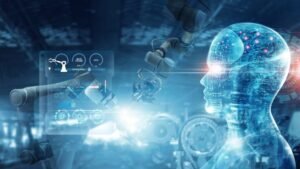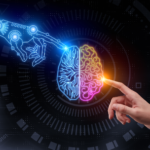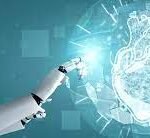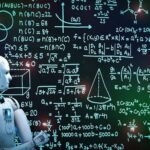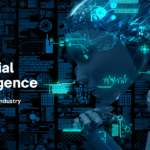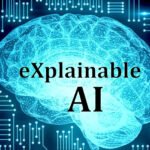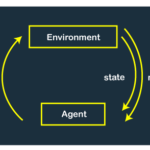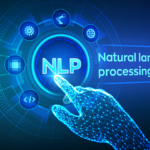FastAI
/ /
Deep learning has revolutionized the field of artificial intelligence, enabling breakthroughs in computer vision, natural language processing, and machine learning. However, developing and deploying deep learning models often requires significant computational resources, expertise, and time. FastAI, a high-level deep learning library, has emerged as a game-changer, simplifying the process of building powerful models while making deep learning accessible to a wider audience. In this blog, we will explore FastAI, its key features, and the impact it has on the deep learning landscape.
- Democratizing Deep Learning: FastAI is built on the philosophy of democratizing access to deep learning. It aims to make deep learning techniques accessible to practitioners of all skill levels, from beginners to experienced researchers. By providing a high-level interface and clear abstractions, FastAI abstracts away the complexities of deep learning, allowing users to focus on model development and experimentation.
- Simplicity and Productivity: FastAI offers a simplified and intuitive API, empowering users to quickly build and train state-of-the-art deep learning models. The library provides a rich set of pre-built architectures, optimization algorithms, and data augmentation techniques, making it easier to experiment and achieve excellent results. FastAI’s user-friendly approach enhances productivity, enabling rapid prototyping and iteration.
- Cutting-Edge Research: Despite its emphasis on simplicity, FastAI remains at the forefront of deep learning research. The library incorporates the latest advancements in the field, ensuring users have access to state-of-the-art techniques and models. By seamlessly integrating with popular deep learning frameworks like PyTorch, FastAI combines research-driven innovation with user-friendly implementation.
- Deep Learning Education: FastAI is renowned for its commitment to deep learning education. The library is accompanied by an extensive collection of educational resources, including online courses and textbooks. These resources provide comprehensive tutorials, practical examples, and hands-on exercises that guide learners through the process of understanding and implementing deep learning models effectively.
- Transfer Learning and Fine-Tuning: One of FastAI’s key strengths is its support for transfer learning and fine-tuning. Transfer learning allows users to leverage pre-trained models on large datasets and apply them to new tasks with limited labeled data. This significantly reduces the need for extensive training from scratch, making it more accessible and practical for a wide range of applications.
- Interpretability and Visualization: FastAI emphasizes model interpretability and provides tools for model visualization and understanding. Users can analyze model performance, identify potential biases, and gain insights into the inner workings of deep learning models. This interpretability enables users to make informed decisions, troubleshoot issues, and build models that align with ethical considerations.
- Community and Collaboration: FastAI has fostered a vibrant and supportive community of deep learning enthusiasts, practitioners, and researchers. The community actively contributes to the library’s development, shares knowledge, and provides assistance to newcomers. This collaborative environment encourages knowledge exchange, accelerates learning, and helps users overcome challenges in their deep learning journey.
- Impact on Industry and Research: FastAI has made significant contributions to various industries and research domains. Its simplicity and accessibility have enabled organizations to harness the power of deep learning for image classification, object detection, natural language processing, and more. FastAI’s impact extends beyond practitioners to researchers who can leverage its tools and resources to advance the frontiers of deep learning.
Posted in Blogs



